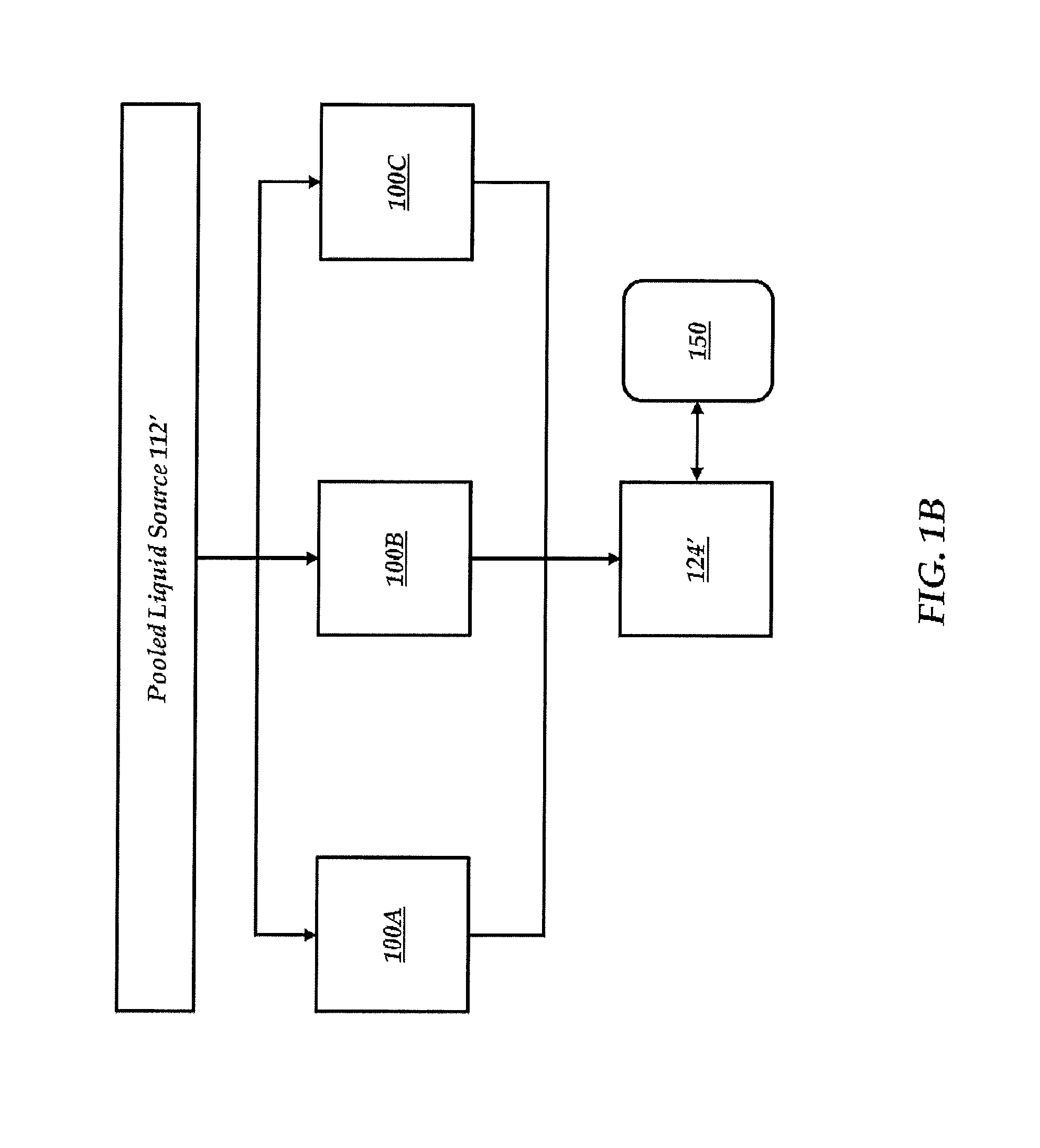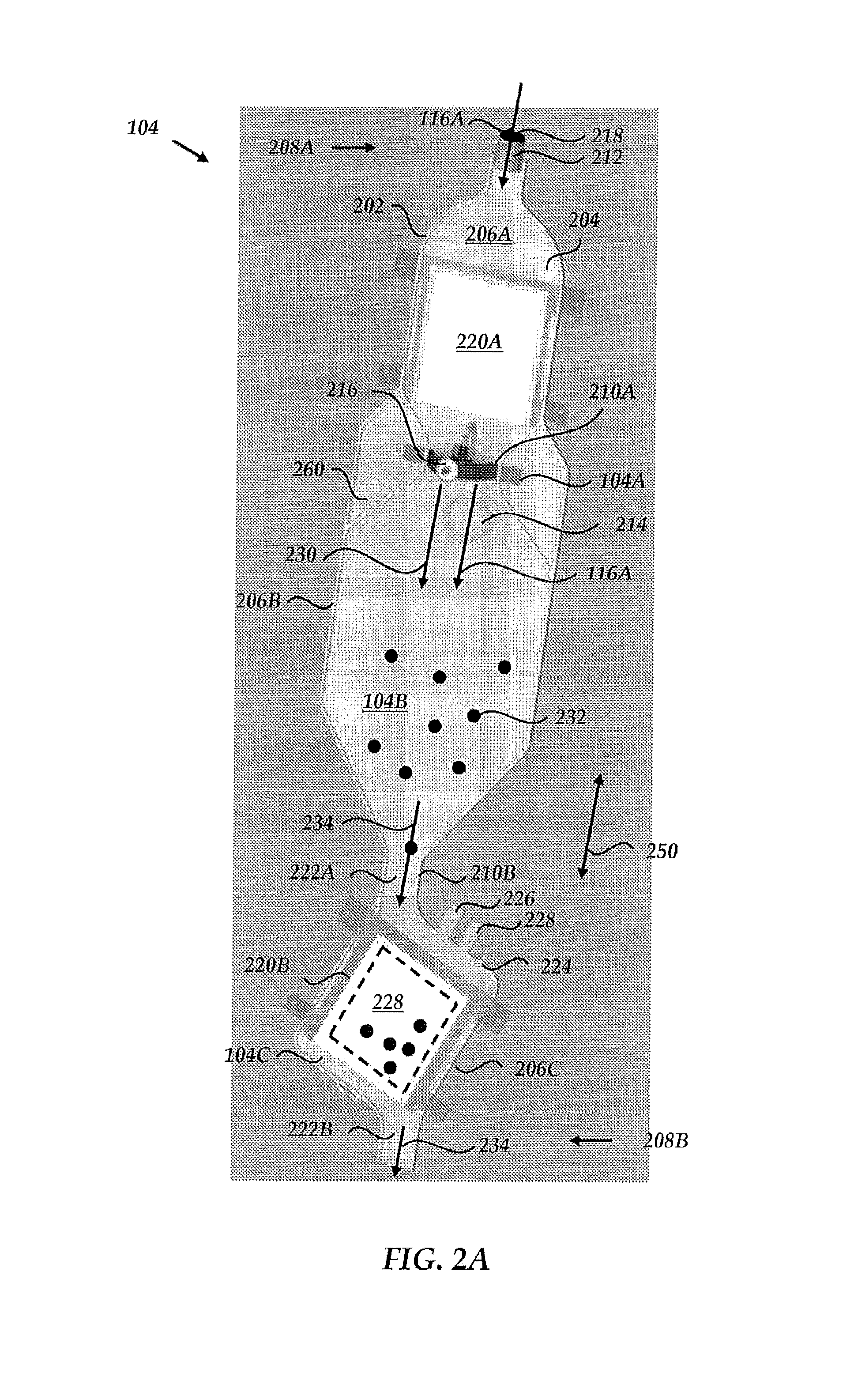Formulations and methods for contemporaneous stabilization of active proteins during spray drying and storage
a technology of active proteins and formulations, applied in drying, lighting and heating equipment, furniture, etc., to achieve the effects of reducing the cost of rehydration of plasma products, and improving the recovery of active plasma proteins
- Summary
- Abstract
- Description
- Claims
- Application Information
AI Technical Summary
Benefits of technology
Problems solved by technology
Method used
Image
Examples
example 1
Enhancing in-Process (Spray-Drying) Stability of vWF Factor and Storage Stability of Multiple Plasma Proteins by Treating the Feed Plasma with Citric Acid Prior to Spray Drying
[0132]Introduction
[0133]von Willebrand factor (vWF) is a large adhesive glycoprotein with established functions in hemostasis. It serves as a carrier for factor VIII and acts as a vascular damage sensor by attracting platelets to sites of vessel injury. The size of vWF is important for this latter function, with larger multimers being more hemostatically active. Functional imbalance in multimer size can variously cause microvascular thrombosis or bleeding. The regulation of vWF multimeric size and platelet-tethering function is carried out by ADAMTS13, a plasma metalloprotease that is constitutively active. It is secreted into blood and degrades large vWF multimers, decreasing their activity. Unusually, protease activity of ADAMTS13 is controlled not by natural inhibitors but by conformational changes in its s...
example 2
Characterization of the Effect of Aerosol Flow Rate on vWF Factor
[0146]Background
[0147]The spray-drying process can be divided into feeding, spraying, and drying stages. Each sub-process can potentially cause damage to plasma proteins, especially vWF (FIG. 4). Identification of the critical step(s) to vWF degradation can aid in process development minimizing processing damage to plasma proteins. In this example, the impact of spraying on vWF recovery was evaluated.
[0148]Study Design and Methods
[0149]Thawed FFP samples were fed at 10 mL / minute under variable aerosol gas flow (0, 5, 10, 15 or 20 L / minute) without drying gas on. These settings, allowing the plasma to be fed into the system, with or without aerosolization in the absence of heating, allowed study of the impact of plasma feeding and spray / aerosol gas flow rate in the spray-drying process. The sprayed liquid plasma samples were analyzed for pH and vWF:RCo.
[0150]Results
[0151]The results are shown in FIGS. 11A and 11B. Plasm...
example 3
Characterization of the Effect of Plasma Feeding Rate on vWF
[0156]Background
[0157]Example 2 identified the spray sub-process as a major stress factor responsible for vWF degradation during spray drying. This indicates that the critical negative contribution of the combined shear and air / liquid interfacial stresses was exerted on the plasma droplets (and, consequently, on the plasma proteins) while traveling at a high rate of speed upon aerosolization. It also suggested that the impact of the combined shear and air / liquid interfacial stresses on plasma proteins upon aerosolization can be further modified by altering the droplet size. Droplet size can be modified by varying the plasma feed rate under a constant aerosol flow rate. In this example, plasma was fed into the system at different rates under constant aerosol flow rate. Larger droplets at a higher plasma feeding rate would have less air-liquid interface exposure for plasma proteins and have slower motion rate and lower shear ...
PUM
| Property | Measurement | Unit |
|---|---|---|
| temperature | aaaaa | aaaaa |
| temperature | aaaaa | aaaaa |
| temperatures | aaaaa | aaaaa |
Abstract
Description
Claims
Application Information
 Login to View More
Login to View More - R&D
- Intellectual Property
- Life Sciences
- Materials
- Tech Scout
- Unparalleled Data Quality
- Higher Quality Content
- 60% Fewer Hallucinations
Browse by: Latest US Patents, China's latest patents, Technical Efficacy Thesaurus, Application Domain, Technology Topic, Popular Technical Reports.
© 2025 PatSnap. All rights reserved.Legal|Privacy policy|Modern Slavery Act Transparency Statement|Sitemap|About US| Contact US: help@patsnap.com



